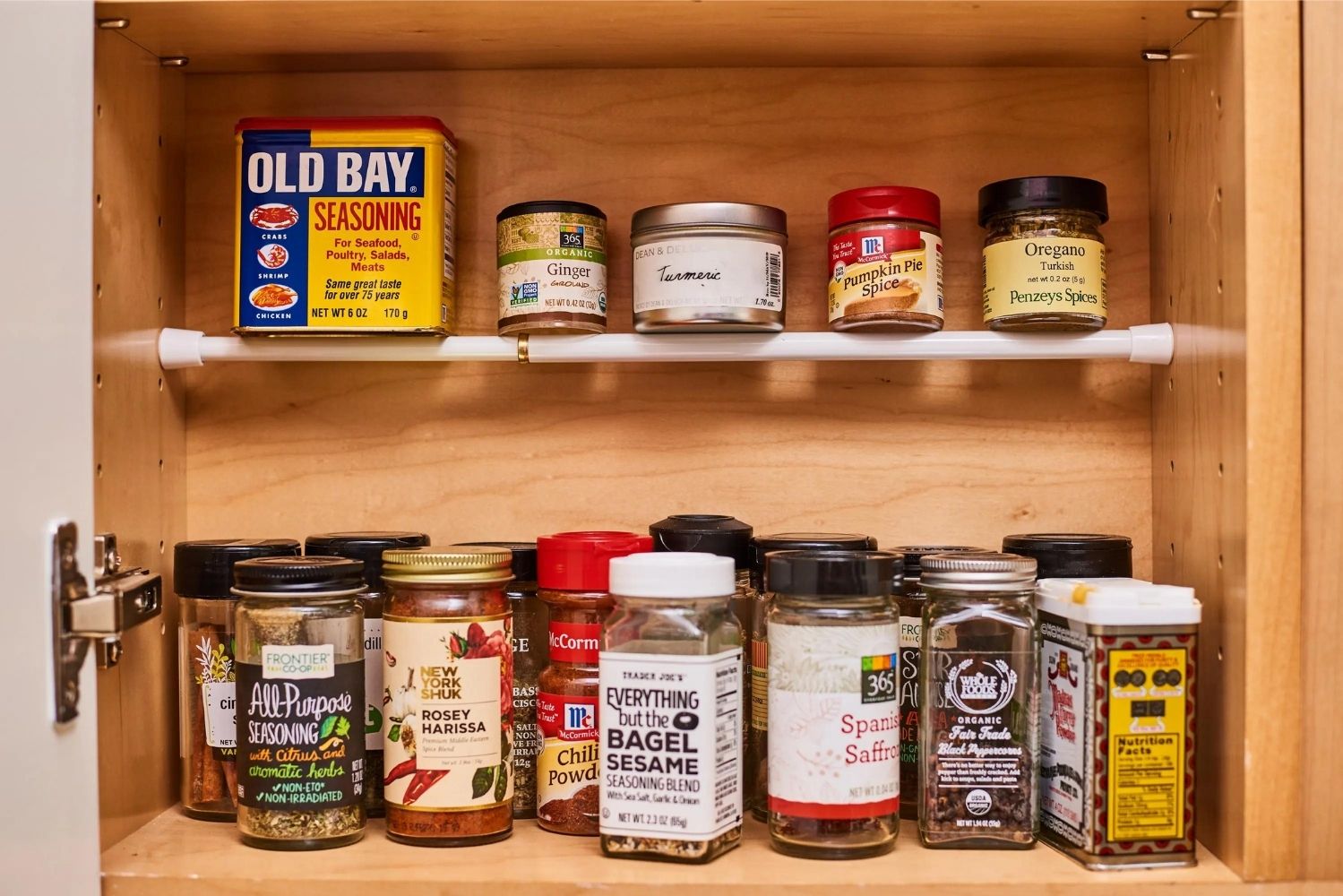

Articles
How To Store Spices In Your Kitchen
Modified: January 6, 2024
Learn the best methods for storing spices in your kitchen with these informative articles. Keep your spices fresh and flavorful for longer.
(Many of the links in this article redirect to a specific reviewed product. Your purchase of these products through affiliate links helps to generate commission for Storables.com, at no extra cost. Learn more)
Introduction
Spices are an integral part of a well-stocked kitchen. They add flavor, aroma, and complexity to our dishes, elevating them to new heights. From the bold heat of chili powder to the fragrant sweetness of cinnamon, spices can truly transform a meal. However, to fully enjoy their vibrant flavors, it is crucial to store spices properly.
Proper spice storage not only preserves the potency and freshness of these aromatic ingredients but also ensures that they last longer, saving you money and minimizing waste. In this article, we will explore the importance of storing spices correctly and provide you with practical tips to optimize the shelf life of your precious spice collection.
Key Takeaways:
- Proper spice storage is essential for preserving flavors, aromas, and quality. Choose airtight containers, keep spices away from light, and manage temperature and humidity to optimize shelf life and enhance culinary experiences.
- Label and date spices, avoid moisture and contamination, and follow tips for extending shelf life. By implementing best practices, you can save money, savor vibrant flavors, and revolutionize your culinary adventures.
Importance of Proper Spice Storage
Effective spice storage is essential for maintaining the quality and flavor of your spices. When spices are exposed to unfavorable conditions, such as light, heat, moisture, and air, they can quickly lose their potency, resulting in dull flavors and diminished aroma. Here are some key reasons why proper spice storage is crucial:
- Prolonged Shelf Life: Fresh and properly stored spices have a longer shelf life. By storing them correctly, you can ensure that your spices remain flavorful for an extended period, reducing the need for frequent replacements. This saves you money and ensures that you always have vibrant spices on hand.
- Preserves Flavor and Aroma: Spices contain volatile oils that give them their distinct flavors and aromas. When exposed to unfavorable conditions, such as heat and light, these oils can evaporate, leading to flavor loss. By storing spices properly, you can protect these oils and preserve the full range of flavors and aromas.
- Enhances Culinary Experience: Properly stored spices offer a more enjoyable cooking and dining experience. Fresh, flavorful spices can elevate the taste of your dishes, adding depth and complexity. By storing spices correctly, you ensure that each pinch or dash of spice brings maximum flavor to your recipes.
- Economical and Sustainable: When spices lose their freshness and potency, you may be tempted to use more than necessary to compensate for the lack of flavor. By properly storing your spices, you can make the most of their potency, using smaller quantities to achieve the desired taste. This not only saves you money but also reduces waste.
Now that we understand the importance of proper spice storage, let’s explore the factors that can affect the shelf life of spices.
Factors Affecting Spice Shelf Life
Several factors can impact the shelf life and quality of spices. Understanding these factors will help you create the ideal storage conditions for your spice collection:
- Light: Exposure to light can cause spices to degrade more quickly. Ultraviolet (UV) light can break down the volatile oils in spices, leading to a loss of flavor and aroma. It is crucial to store spices in dark containers or in a dark, cool place to minimize the impact of light.
- Heat: Heat can accelerate the breakdown of spices, causing them to lose their potency and flavor. It’s best to store spices away from heat sources, such as stovetops and ovens, to maintain their quality. Avoid storing spices near windows or in areas prone to temperature fluctuations.
- Moisture: Moisture is the enemy of spice storage. It can lead to clumping, caking, and even mold growth. It is important to keep your spices dry by storing them in airtight containers and avoiding humid environments like the kitchen sink or dishwasher.
- Air Exposure: Exposure to air can cause spices to oxidize, resulting in flavor loss. It’s crucial to seal spice containers tightly to minimize air exposure. Consider transferring spices to smaller jars to reduce the amount of air trapped within the container.
- Container Quality: The type of container you use to store spices can also impact their shelf life. Glass jars with airtight seals are the ideal choice as they provide excellent protection against light, heat, moisture, and air. Avoid storing spices in plastic containers, as they can absorb and transfer unwanted odors and flavors.
Now that you are aware of the factors that can affect spice shelf life, it’s time to dive into the best practices for storing spices in your kitchen.
Best Practices for Storing Spices
To ensure the longevity and freshness of your spices, it’s important to follow these best practices for proper storage:
- Choosing the Right Containers: Opt for airtight glass jars or containers with tight-fitting lids to protect your spices from exposure to light, air, moisture, and odors. Transparent jars can look aesthetically pleasing, but if placed in a well-lit area, they may allow light to reach the spices, degrading their quality over time.
- Keeping Spices Away from Light: Store your spices in a dark place, such as a cabinet or pantry away from direct sunlight. If your spice rack or storage area is exposed to light, consider using opaque or UV-blocking containers. This will help preserve the colors, flavors, and aromatic oils of your spices.
- Managing Temperature and Humidity: Spices should be stored in a cool, dry place. Avoid areas near the stove, oven, or dishwasher, as these can expose the spices to excessive heat and moisture. Fluctuations in temperature and humidity can degrade the quality of your spices, so aim for a stable environment.
- Organizing Your Spice Rack or Drawer: Keep your spices well-organized for easy access. Arrange them in alphabetical order or by frequency of use to ensure you can find what you need quickly. Consider using spice racks, drawer inserts, or spice containers with labels to create a neat and functional storage system.
- Labeling and Dating Spices: Clearly label your spice containers with the name of the spice and the date of purchase or expiration. This will help you keep track of freshness and rotation. It’s also a good idea to keep a spice inventory list, noting when each spice was acquired and when it should be replaced.
- Avoiding Moisture and Contamination: Keep your spices dry by using moisture-absorbing packs or rice grains in the containers, especially in humid climates. Make sure not to introduce moisture into the containers when measuring out spices or using wet spoons. Additionally, avoid cross-contamination by using clean and dry utensils when handling spices.
- Tips for Extending Spice Shelf Life: To extend the shelf life of your spices, buy whole spices instead of pre-ground versions. Whole spices have a longer shelf life and maintain their flavor better. Grind them when needed for maximum freshness. Also, consider storing high-moisture spices, like garlic and ginger, separately from other spices to prevent their strong odors from permeating the entire collection.
By following these best practices, you can ensure that your spices remain fresh, flavorful, and ready to enhance your culinary creations. Now that you have mastered the art of spice storage, you can elevate your cooking to new heights of flavor and creativity.
Choosing the Right Containers
When it comes to storing spices, choosing the right containers is crucial to maintaining their freshness and flavor. Here are some tips to consider:
- Opt for Airtight Containers: The ideal spice containers are airtight to prevent air, moisture, and odors from affecting the spices. Look for glass jars or containers with tight-fitting lids that create a secure seal when closed. Airtight containers also help preserve the volatile oils within spices, which are responsible for their flavor and aroma.
- Consider Glass Jars: Glass jars are an excellent choice for spice storage due to their non-reactive nature. They won’t absorb or transfer unwanted odors or flavors to the spices. Additionally, glass allows you to easily see the contents and monitor the quantity remaining.
- Opaque or Tinted Jars: Light can degrade spices over time, so it’s best to choose opaque or tinted glass jars to protect them from light exposure. If you prefer transparent containers, make sure to store them in a dark, cool place, away from direct sunlight.
- Consider Multiple Sizes: It’s beneficial to have a variety of container sizes to accommodate different types and quantities of spices. Smaller jars are ideal for spices used in small amounts, while larger jars can hold bulk spices or those used more frequently.
- Label Your Containers: Properly label your spice containers with the name of the spice and the purchase or expiration date. This will help you quickly identify the spice you need and keep track of its freshness. Consider using clear, waterproof labels or a label maker for a clean and professional look.
- Organize and Group Containers: Keep your spice containers organized and grouped by category, such as herbs, spices, and blends. This arrangement will make it easier to find and access the spices you need while cooking. Consider using spice racks, drawer inserts, or shelves to create an orderly display.
- Avoid Plastic Containers: Plastic containers can absorb and transfer odors and flavors, which can affect the quality of your spices. Additionally, plastic can degrade over time and may not provide a complete seal against air and moisture. It’s best to opt for glass or other non-reactive materials when choosing spice containers.
By choosing the right containers for your spices, you can ensure that they remain fresh, flavorful, and readily available for your culinary adventures. Let’s move on to the next tip: keeping spices away from light.
Read more: 15 Pantry Cabinet to Store Your Essentials
Keeping Spices Away from Light
Light exposure can be detrimental to the quality and shelf life of spices. To preserve their flavor, it’s important to keep spices away from direct light. Here are some tips to effectively protect your spices from light:
- Choose Dark Storage Locations: Select a dark and cool area in your kitchen for spice storage. Cabinets and pantries are ideal options as they provide a naturally dark environment. Avoid storing spices near windows or in areas that receive direct sunlight, as UV rays can degrade the flavor and aroma of spices.
- Consider Opaque or Tinted Containers: If you prefer transparent spice containers for aesthetic reasons, make sure to place them in a dark location or choose opaque or tinted glass jars. These containers help shield the spices from light, preserving their flavors and colors.
- Refrain from Displaying Spices: While it may be tempting to showcase your spice collection on a countertop or open shelving, extended exposure to light can gradually deteriorate their quality. Instead, store spices in a closed cabinet or pantry, protecting them from both light and heat sources.
- Minimize Light Exposure during Use: When using spices during cooking, minimize their exposure to light as much as possible. If you have a spice rack mounted on the wall, try to position it away from direct light. Shield the spices with your body or a hand as you retrieve them to prevent unnecessary exposure.
- Refrain from Keeping Spices near the Stove: Heat from cooking appliances, such as stovetops, ovens, and microwaves, can generate light and increase the temperature in the surrounding area. Avoid storing spices in close proximity to these heat sources to prevent them from degenerating quickly.
- Reseal Spices Properly: After each use, ensure that spice containers are tightly sealed to minimize light exposure. Leaving containers open or partially closed for extended periods can lead to flavor loss and deterioration. Quickly reseal containers after use to maintain freshness.
By keeping your spices away from light, you can preserve their flavors, aromas, and vibrant colors. Let’s move on to the next tip: managing temperature and humidity to further optimize spice storage conditions.
Store spices in a cool, dark place away from heat and moisture to maintain their flavor and potency. Airtight containers or glass jars are best for preserving freshness.
Managing Temperature and Humidity
The temperature and humidity levels in your storage area can significantly impact the quality and shelf life of your spices. To ensure optimal storage conditions, follow these tips for managing temperature and humidity:
- Choose a Cool Location: Store your spices in a cool area of your kitchen, away from heat sources like stovetops, ovens, and dishwashers. Heat can cause spices to deteriorate more quickly, leading to flavor loss. Aim for a temperature below 77°F (25°C) to maintain the quality of your spices.
- Avoid Temperature Fluctuations: Fluctuating temperatures can affect the stability of your spices. Avoid storing spices in areas where the temperature varies greatly, such as near drafts or next to appliances that emit heat. Choose a storage spot with consistent temperature levels to ensure the longevity of your spices.
- Prevent Exposure to Humidity: Moisture can lead to clumping, caking, and even mold growth in spices. Store spices in a dry environment and avoid areas with high humidity, such as near the sink or in a bathroom. If you live in a particularly humid climate, consider using moisture-absorbing packs or rice grains in the spice containers to help maintain a low-moisture environment.
- Avoid Refrigerating Spices: While it may seem tempting to refrigerate spices to extend their shelf life, this can cause them to absorb moisture and lose their flavors. The exception to this rule is for whole spices that are not frequently used. These can be stored in an airtight container in the refrigerator to prolong their freshness.
- Monitor Storage Areas: Regularly check your storage areas for any signs of condensation or moisture. If you notice any, address the issue immediately by drying the area and ensuring proper ventilation. Inspect spice containers for any signs of moisture or clumping as these can be indicators of improper storage conditions.
- Keep Spices Elevated: Avoid storing spices directly on countertops or in cabinets with a bottom that may collect moisture. Use spice racks, risers, or elevated shelves in your storage area to keep spices off the surface, allowing for proper air circulation and helping to prevent moisture buildup.
By managing temperature and humidity, you can prolong the shelf life of your spices and preserve their flavors and aromatic oils. Now let’s move on to the next tip: organizing your spice rack or drawer for easy access and storage efficiency.
Organizing Your Spice Rack or Drawer
Effective organization of your spice rack or drawer not only ensures easy access to your spices but also helps maintain their freshness and functionality. Here are some tips to help you organize your spices efficiently:
- Categorize and Group Spices: Sort your spices into categories such as herbs, whole spices, ground spices, and blends. By grouping them together, you can easily find the specific spice you need when cooking.
- Arrange Spices in a Logical Order: Once you have categorized your spices, arrange them in an order that makes sense to you. This could be alphabetical, frequency of use, or cuisine-based. Choose an organization method that works best for your cooking style and preferences.
- Utilize Spice Racks or Organizers: Invest in spice racks, drawer inserts, or cabinet organizers designed specifically for spice storage. These accessories offer convenient and space-saving solutions, keeping your spices neat and easily accessible.
- Consider Magnetic Spice Containers: Magnetic spice containers can be attached to the refrigerator or a metal surface, saving valuable counter or cabinet space. They allow for easy visibility and access to the spices while also adding a creative and functional element to your kitchen decor.
- Label Spice Containers: Properly label each spice container to avoid confusion and to quickly identify the spice you need. Clear, legible labels ensure that you reach for the right spice every time. Consider using consistent labels or a label maker to maintain a clean and organized appearance.
- Make Use of Drawer Dividers: If you store your spices in a drawer, use dividers to create separate compartments for each spice jar. This prevents them from rolling around and getting mixed up, making it easier to locate the desired spice.
- Regularly Declutter: Periodically go through your spice collection and remove any expired or stale spices. Unused or unwanted spices can be donated or discarded. Decluttering ensures that you only keep fresh and usable spices, maintaining an organized and efficient spice storage system.
By organizing your spice rack or drawer, you can save time during food preparation and maintain an efficient and clutter-free cooking space. With your spices properly organized, let’s move on to the next tip: labeling and dating your spices for freshness tracking.
Labeling and Dating Spices
Labeling and dating your spice collection is an essential practice to help you easily identify spices and keep track of their freshness. Here are some tips for effectively labeling and dating your spices:
- Clear and Legible Labels: Use labels that are easy to read and resistant to moisture. Transparent labels or label makers can provide a clean and professional look. Make sure the labels adhere well to the containers to prevent them from peeling off over time.
- Include Spice Names: Clearly write the names of the spices on the labels. This will ensure that you can quickly identify the spice you need, especially if you have a diverse collection of herbs, spices, and blends.
- Add Expiration Dates: Note the expiration dates or best-by dates on the labels, especially if your spices don’t come with pre-printed expiration information. You can find the expiration date on the original packaging or estimate it based on the spice’s typical shelf life.
- Date of Purchase: If you buy spices in bulk or from bulk bins, it’s useful to write down the date of purchase on the labels. This helps you keep track of how long the spices have been in your collection and when it might be time to replace them.
- Update Labels when Refilling: If you refill your spice containers with fresh spices, ensure that you update the labels with the new purchase or refill date. This way, you have an accurate record of the spices and can maintain freshness tracking.
- Store Labels Away from Heat and Moisture: To protect the labels from smudging or fading, make sure the spice containers are dry when you adhere the labels. Store the spice containers in a cool and dry location away from heat and moisture sources.
- Keep a Spice Inventory List: Maintain a separate spice inventory list that includes the names of spices, purchase dates, and expiration dates. This comprehensive list can serve as a quick reference, allowing you to monitor your spice collection and plan for replacements, if needed.
By labeling and dating your spices, you can avoid confusion, easily track their freshness, and maintain a well-organized spice collection. Now that your spices are properly labeled, let’s move on to the next tip: avoiding moisture and contamination in spice storage.
Read more: Best Kitchen Runner Picks for Your Home
Avoiding Moisture and Contamination
Moisture and contamination can negatively affect the quality and longevity of your spices. To ensure that your spices remain fresh and free from contaminants, follow these guidelines:
- Keep Spices Dry: Moisture can lead to clumping, caking, and loss of flavor in spices. It’s crucial to keep your spices dry by storing them in airtight containers and avoiding humid environments. If you live in a humid climate, consider using moisture-absorbing packs or rice grains in the spice containers to help maintain dryness.
- Use Clean and Dry Utensils: When using spices, ensure that your hands, measuring spoons, or scoops are clean and dry. Moisture from wet hands or utensils can introduce moisture into the containers and compromise the quality of the spices. Use dry utensils or wipe off any moisture before scooping or measuring spices.
- Avoid Contamination: Prevent cross-contamination by using separate utensils for each spice or cleaning the utensils thoroughly before using them with a different spice. This prevents flavors from blending and avoids potential allergen transfer between spices.
- Store High-Moisture Spices Separately: Some spices, like garlic and ginger, have higher moisture content and pungent aromas. To prevent their strong odors from permeating other spices, store them separately in their own airtight containers. Zip-lock bags or small airtight containers work well for this purpose.
- Avoid Grinding Spices in Steamy Kitchens: When grinding spices at home, avoid doing so in a kitchen filled with steam or moisture. Steam can cause the ground spices to clump and adhere to the grinder blades, making it difficult to achieve a uniform grind and compromising the quality of the spice.
- Store Spices Away from Heat Sources: Heat can also introduce moisture into spice containers. Avoid storing spices near stovetops, ovens, or dishwashers, as these appliances generate heat that can lead to condensation inside the containers. Choose a cool and dry storage spot for your spices.
- Regularly Inspect and Clean Spice Containers: Periodically check your spice containers for any signs of moisture, mold, or pest infestation. If you notice any issues, empty and thoroughly clean the containers before refilling them with fresh spices. This ensures that your spices are stored in a clean and contamination-free environment.
By following these guidelines and avoiding moisture and contamination, you can extend the shelf life of your spices and maintain their quality and integrity. With your spices protected, let’s move on to the final tip for optimizing spice storage: tips for extending spice shelf life.
Tips for Extending Spice Shelf Life
To make the most out of your spice collection and ensure their longevity, consider these tips for extending the shelf life of your spices:
- Choose Whole Spices: Whole spices have a longer shelf life compared to pre-ground ones. Whole spices maintain their flavor and potency for an extended period. Consider purchasing whole spices and grinding them as needed for optimal freshness.
- Store Spices in a Cool Location: Keeping your spices in a cool environment helps slow down the loss of flavor and aroma. Find a dark and cool spot in your kitchen, away from heat sources, to store your spice collection.
- Avoid Excessive Heat: Exposure to heat can cause spices to lose their flavor quickly. Keep spices away from direct sunlight and store them in a cooler part of your kitchen. Avoid storing spices above or near the stove, oven, or any heat-emitting appliance.
- Use Small Containers: It is best to store spices in smaller containers to minimize the amount of air that comes into contact with them. This reduces the exposure to oxygen, which can accelerate the loss of flavor and aroma. Consider transferring spices to smaller jars as needed.
- Keep Spices Away from Moisture: Moisture can cause spices to clump and lose their flavor. Store spices in airtight containers and avoid humid environments. Consider using moisture-absorbing packs or rice grains in the containers to help maintain a dry storage environment.
- Grind Spices Freshly: For the most vibrant flavors, grind your spices just before use. Pre-ground spices lose their potency faster than whole spices. Invest in a high-quality spice grinder or mortar and pestle to grind your spices fresh when needed.
- Rotate Your Spice Collection: Spice rotation is essential to ensure that you are using the freshest spices in your recipes. Keep track of the purchase or expiration dates and regularly assess your collection. Use older spices first to maintain a fresh and flavorful spice pantry.
- Avoid Cross-Contamination: Prevent cross-contamination by using clean utensils when handling spices. If using your fingers, make sure they are dry and clean. This prevents the transfer of moisture or contaminants that can degrade the quality of your spices.
By implementing these tips, you can significantly extend the shelf life of your spices and ensure that they remain flavorful and aromatic. Remember to regularly assess the freshness of your spices and replenish your collection as needed.
By following these best practices for storing spices, you can ensure the longevity of their freshness, flavors, and aromas. Proper storage not only saves you money by avoiding wastage but also enhances your culinary experience by allowing you to create dishes bursting with delicious flavors. So, take the time to organize your spice collection, choose the right containers, and maintain optimal storage conditions. Your taste buds will thank you!”
Now that you have all the knowledge and tips on how to store spices properly, it’s time to revolutionize your kitchen and spice up your culinary adventures!
Conclusion
Proper spice storage is crucial for preserving the flavors, aromas, and quality of your spices. By implementing the best practices outlined in this article, you can extend the shelf life of your spices and ensure that they remain fresh and potent for as long as possible.
Choosing the right containers, keeping spices away from light, managing temperature and humidity, organizing your spice rack or drawer, labeling and dating your spices, avoiding moisture and contamination, and following tips for extending spice shelf life are all essential steps in optimizing spice storage.
Remember, spices are not only powerful flavor enhancers but also valuable investments in your culinary adventures. With proper storage, you can make the most out of your spice collection, elevating your dishes to new levels of taste and enjoyment.
So take the time to carefully organize your spices, invest in high-quality containers, and create an efficient storage system. Monitor the freshness of your spices, rotate your collection, and make use of whole spices and freshly ground options for maximum flavor.
By following these guidelines, you can savor the vibrant flavors and aromas of your spices, save money by reducing waste, and enhance your overall cooking experience. Embrace the art of proper spice storage, and let your culinary creations shine with tantalizing tastes and enticing aromas.
Now, armed with your newfound knowledge, it’s time to store your spices with care, transform your kitchen into a spice haven, and infuse your dishes with a burst of irresistible flavor. Happy cooking!
Frequently Asked Questions about How To Store Spices In Your Kitchen
Was this page helpful?
At Storables.com, we guarantee accurate and reliable information. Our content, validated by Expert Board Contributors, is crafted following stringent Editorial Policies. We're committed to providing you with well-researched, expert-backed insights for all your informational needs.
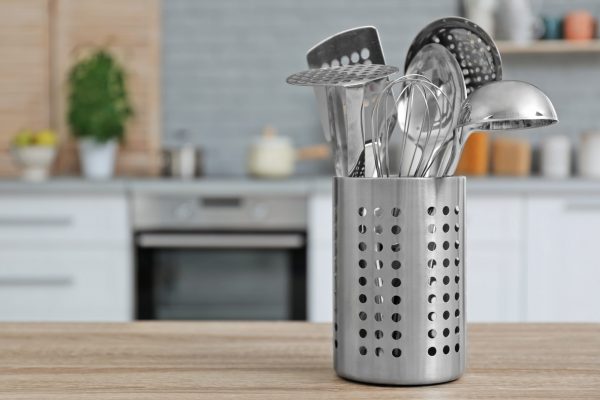
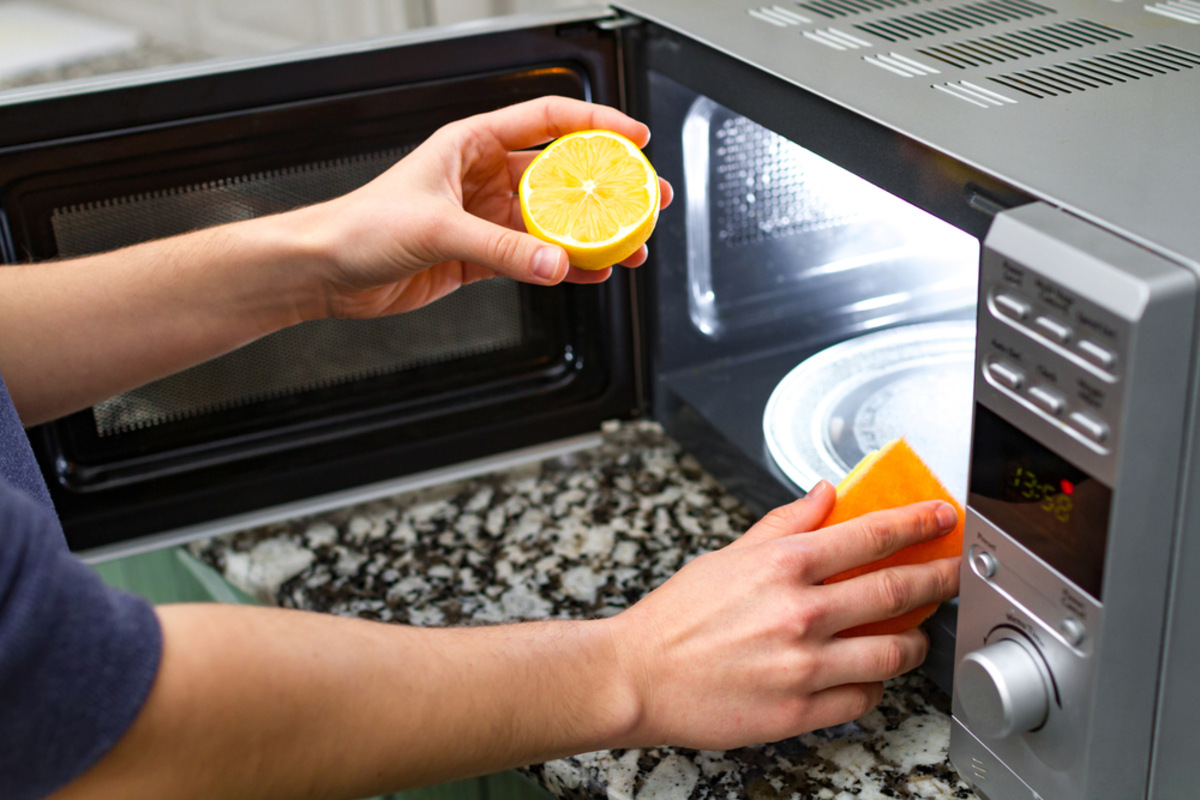
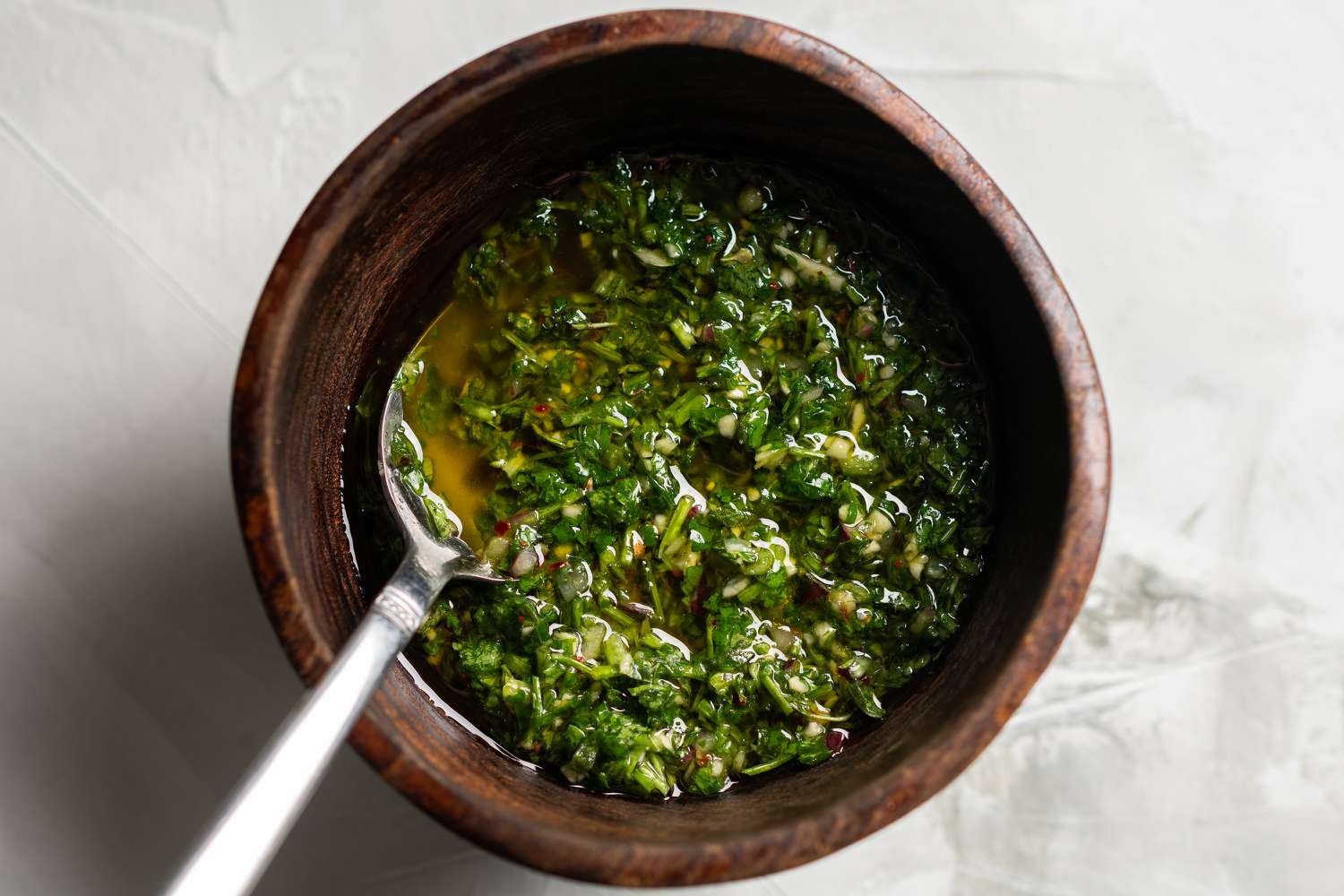
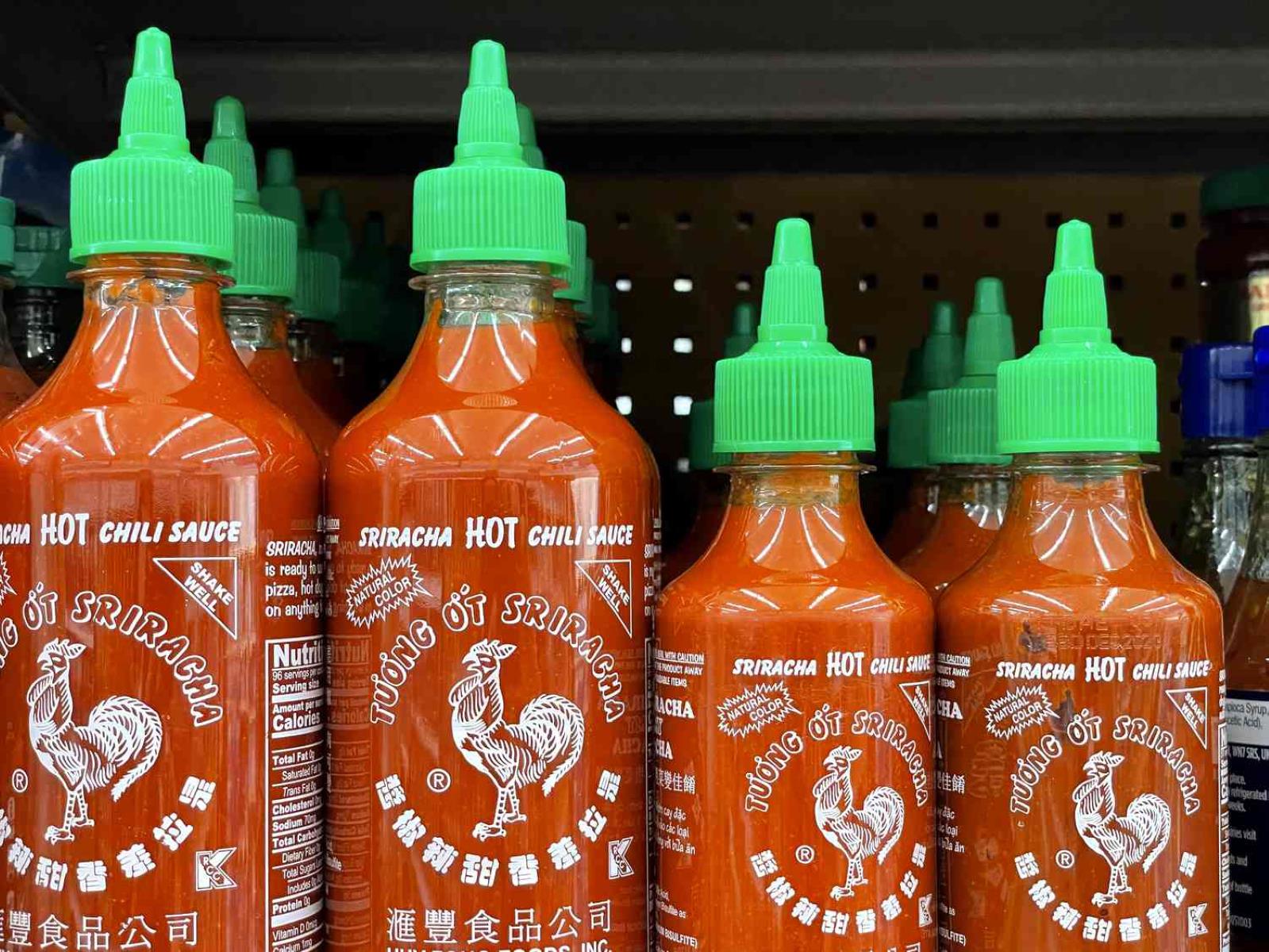
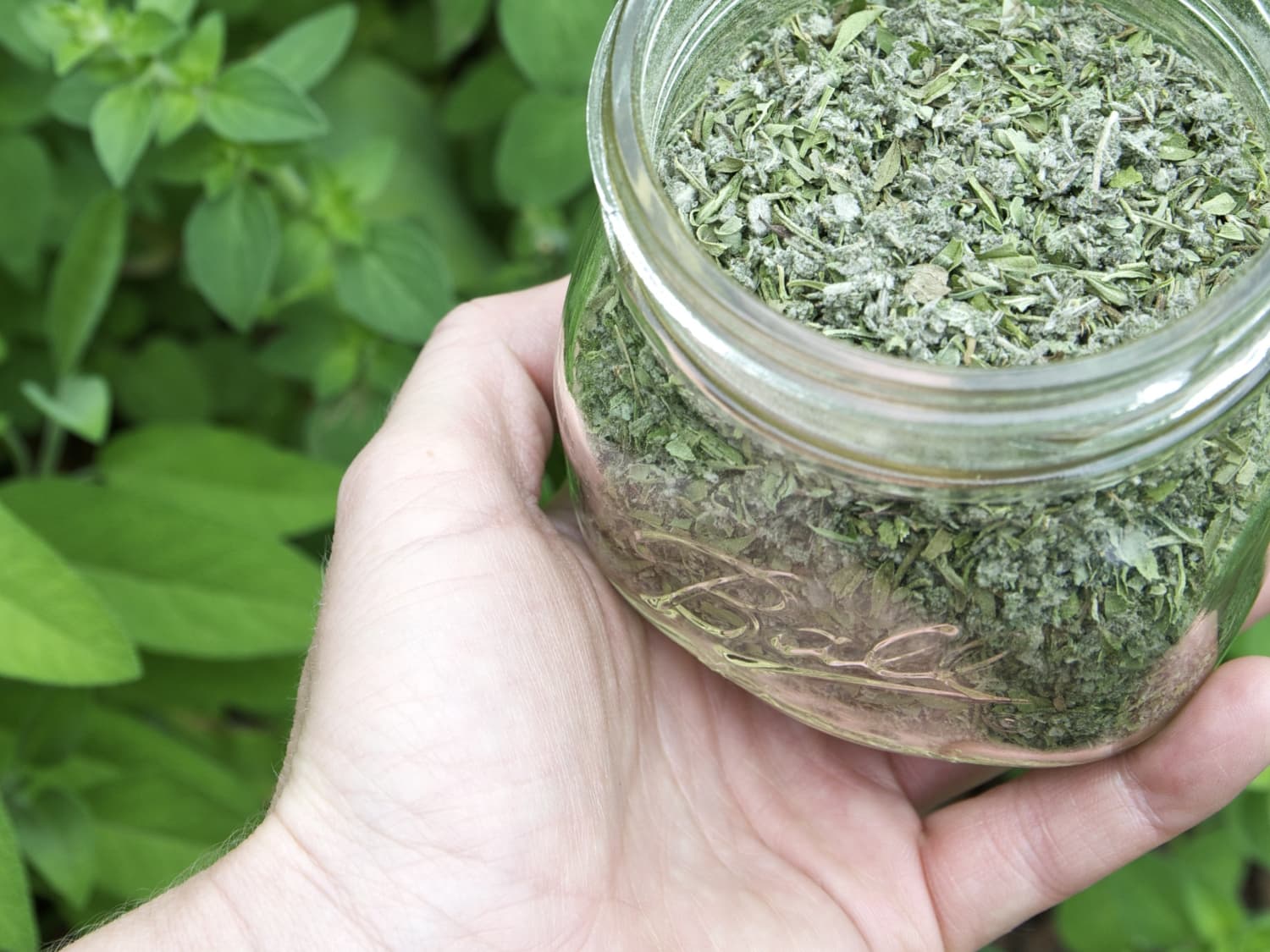
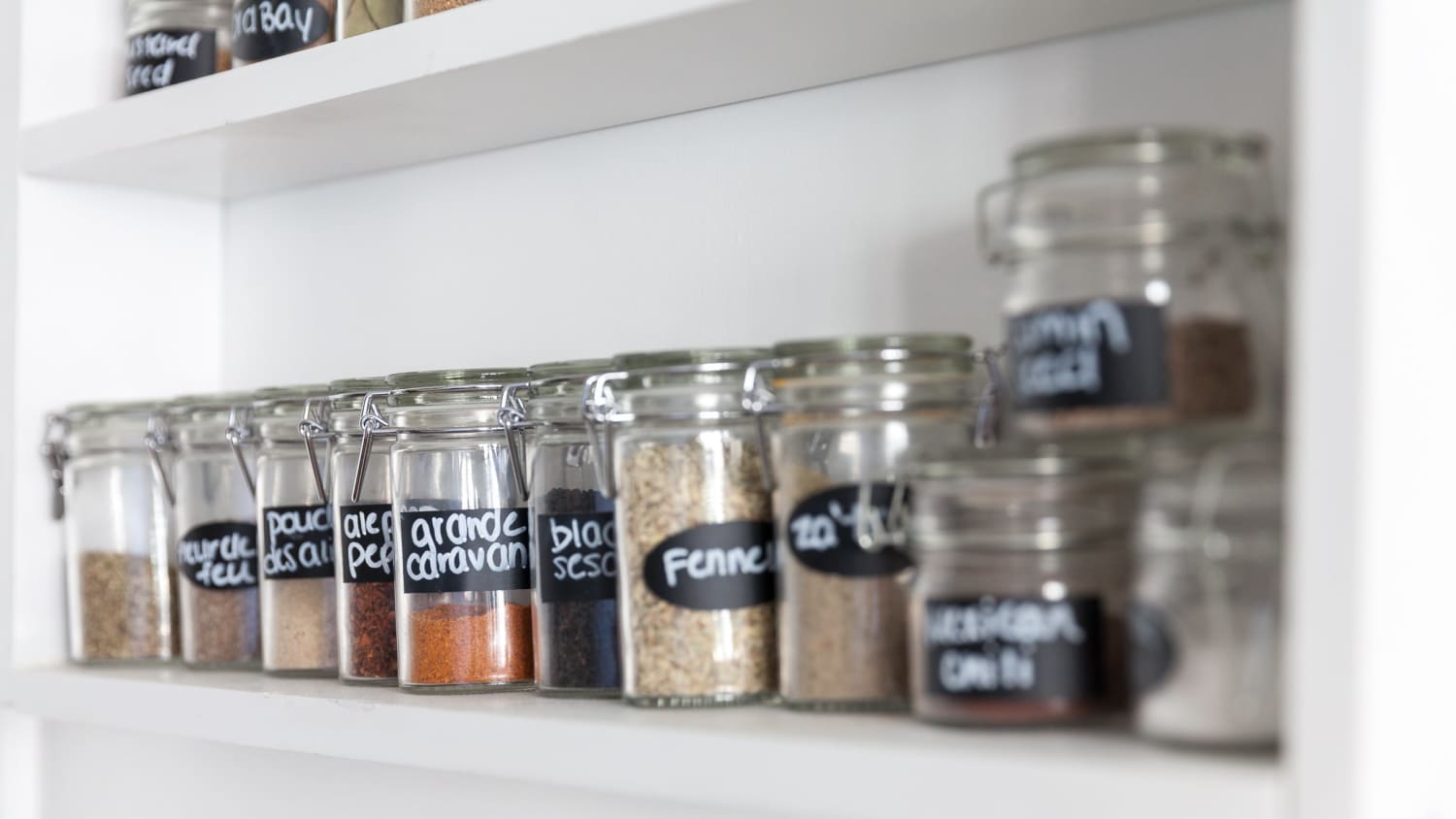


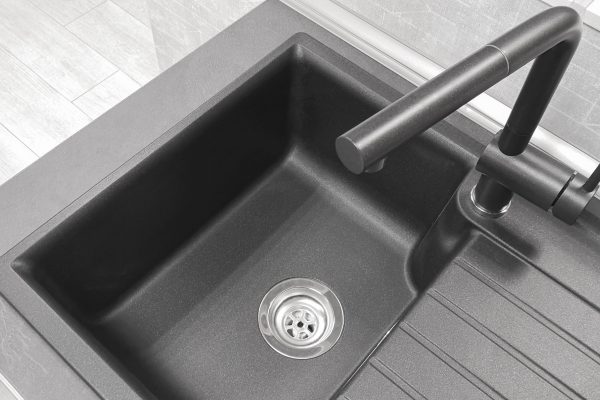
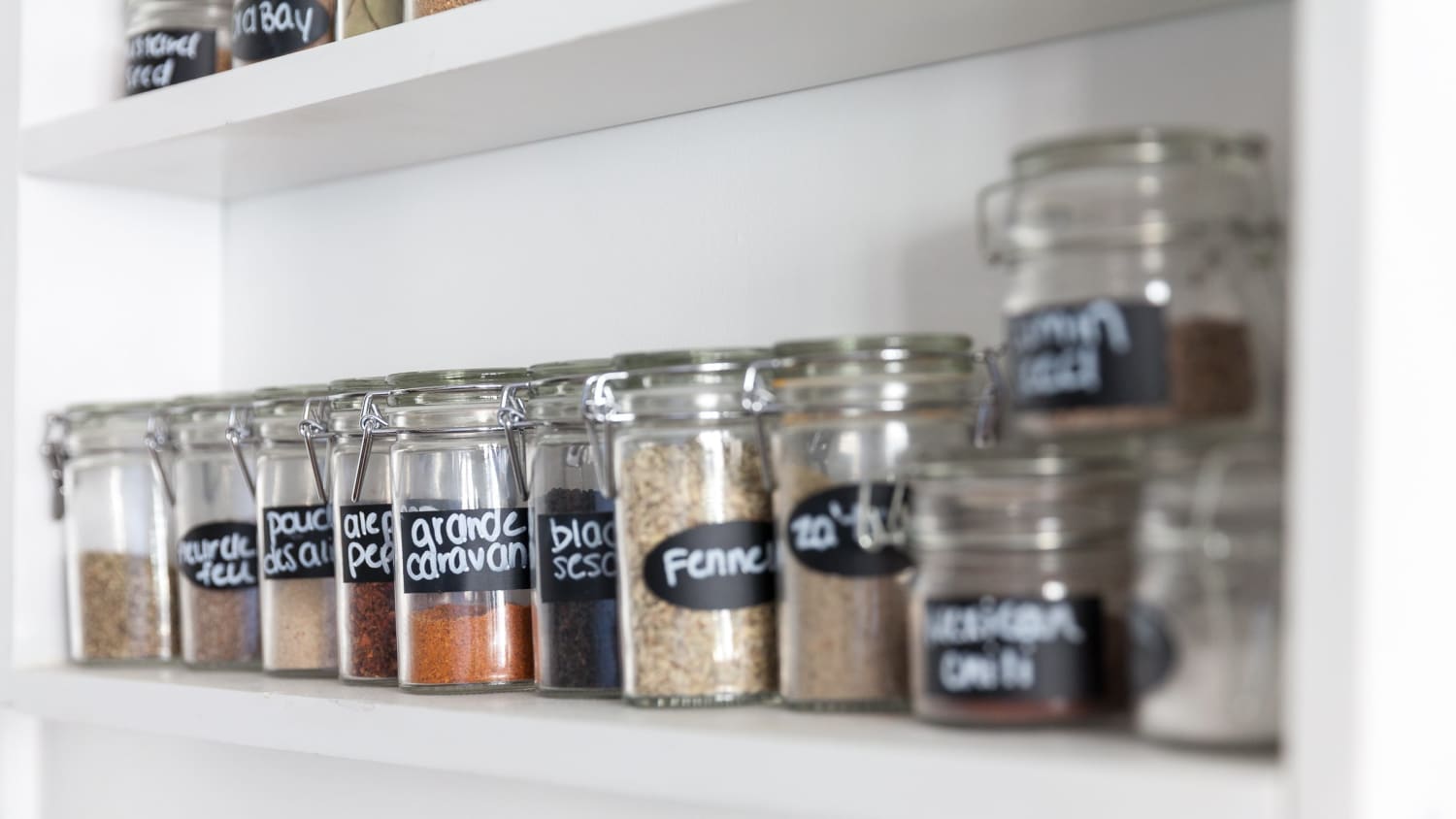
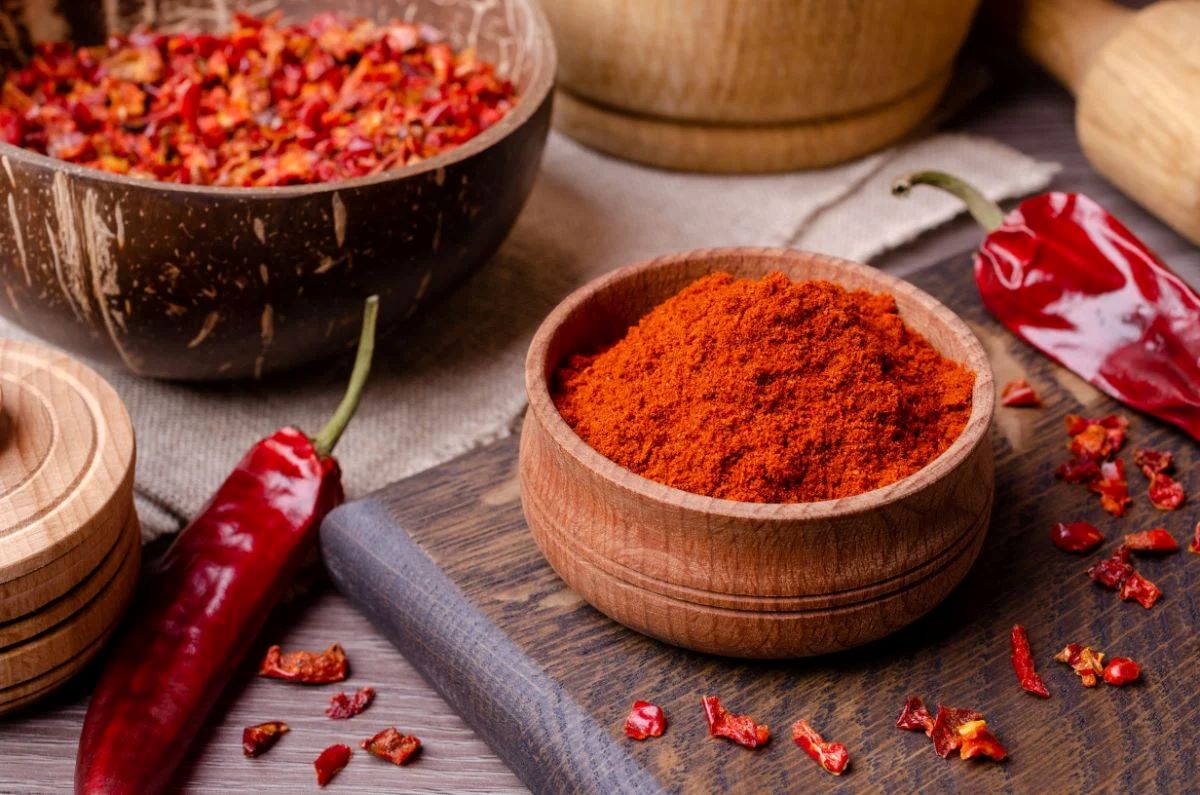
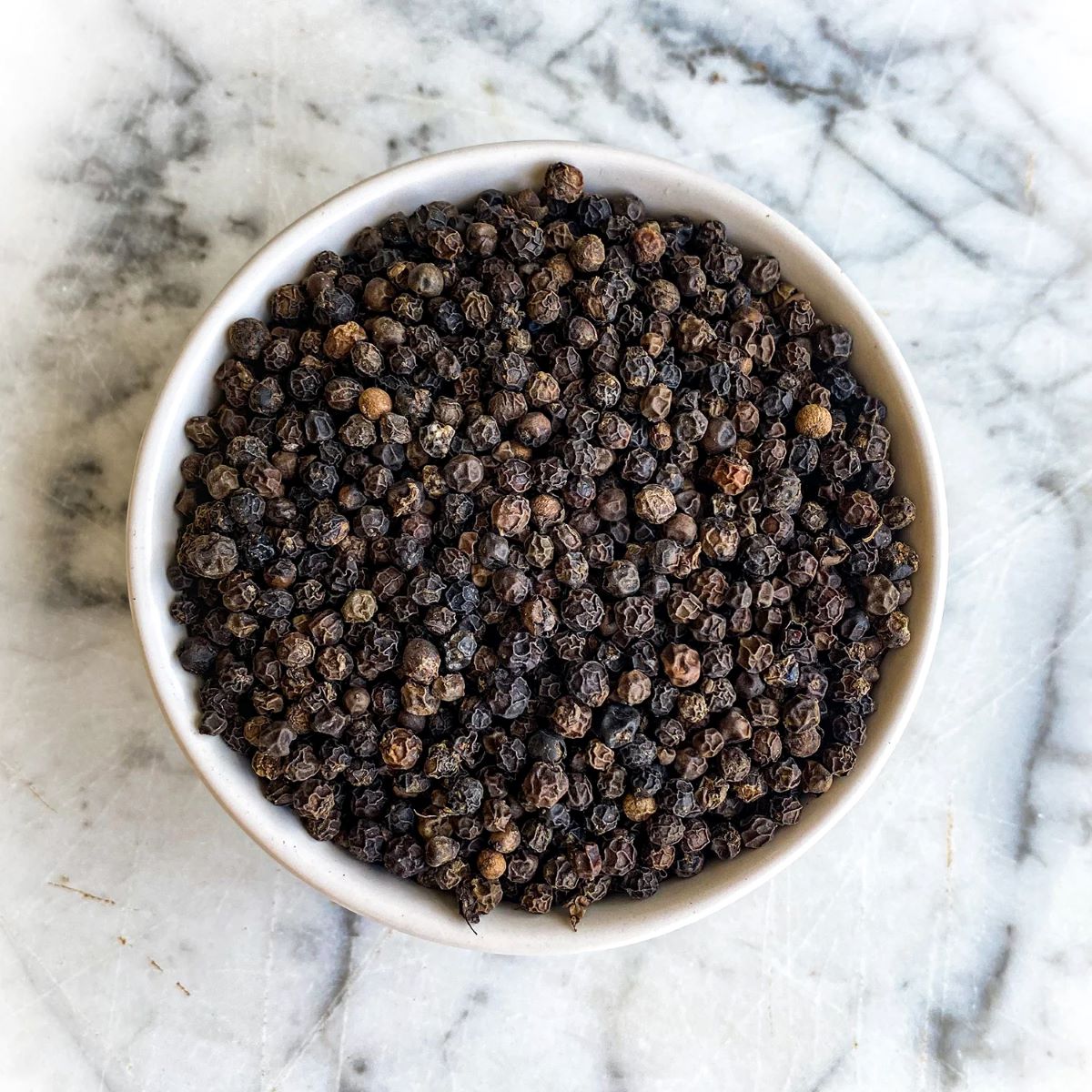
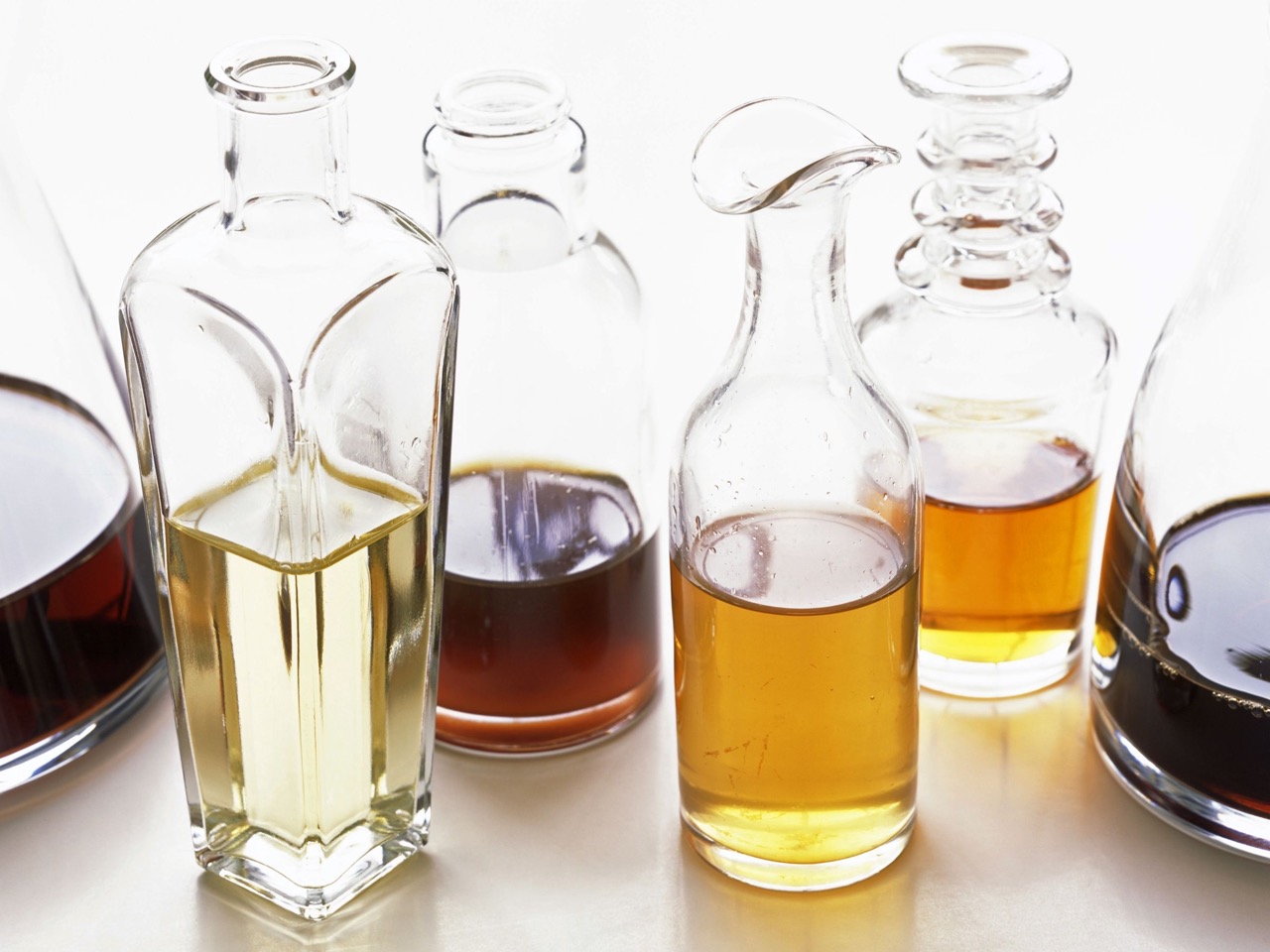

0 thoughts on “How To Store Spices In Your Kitchen”